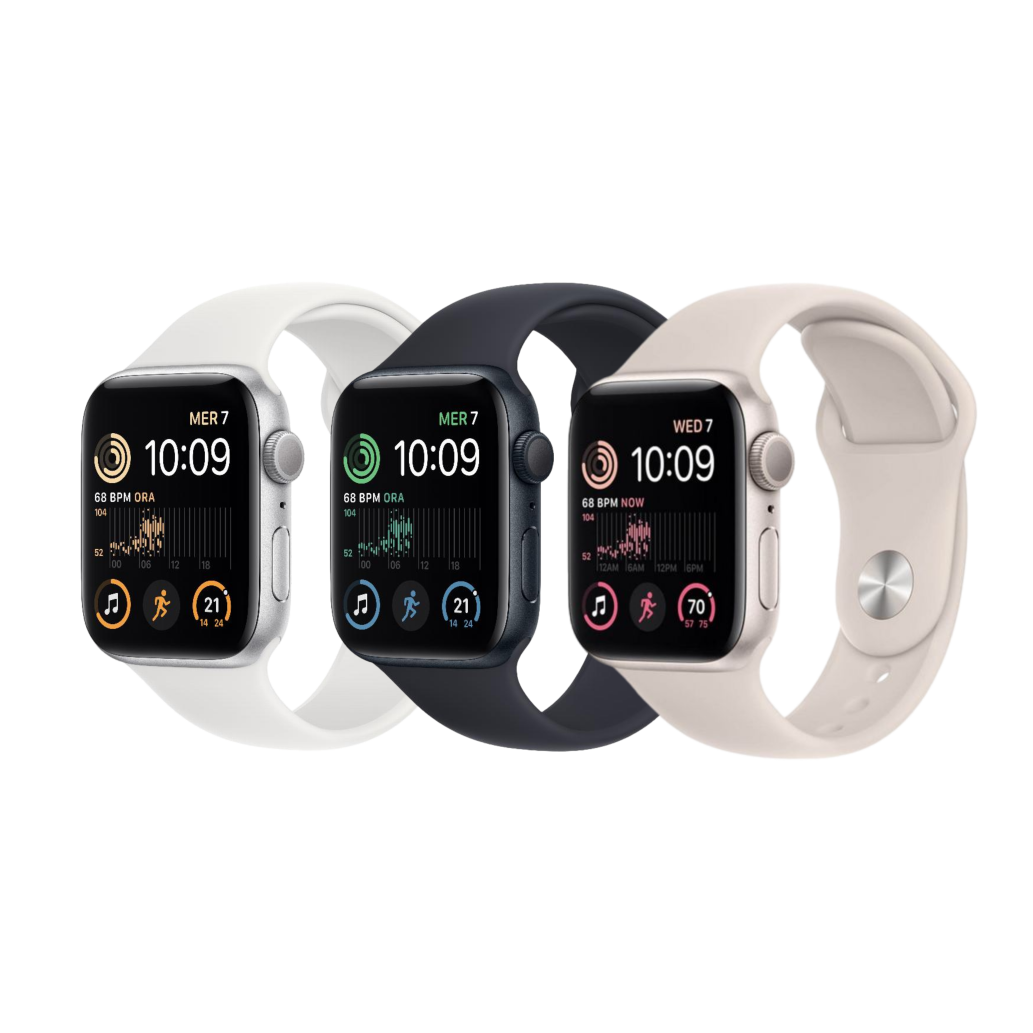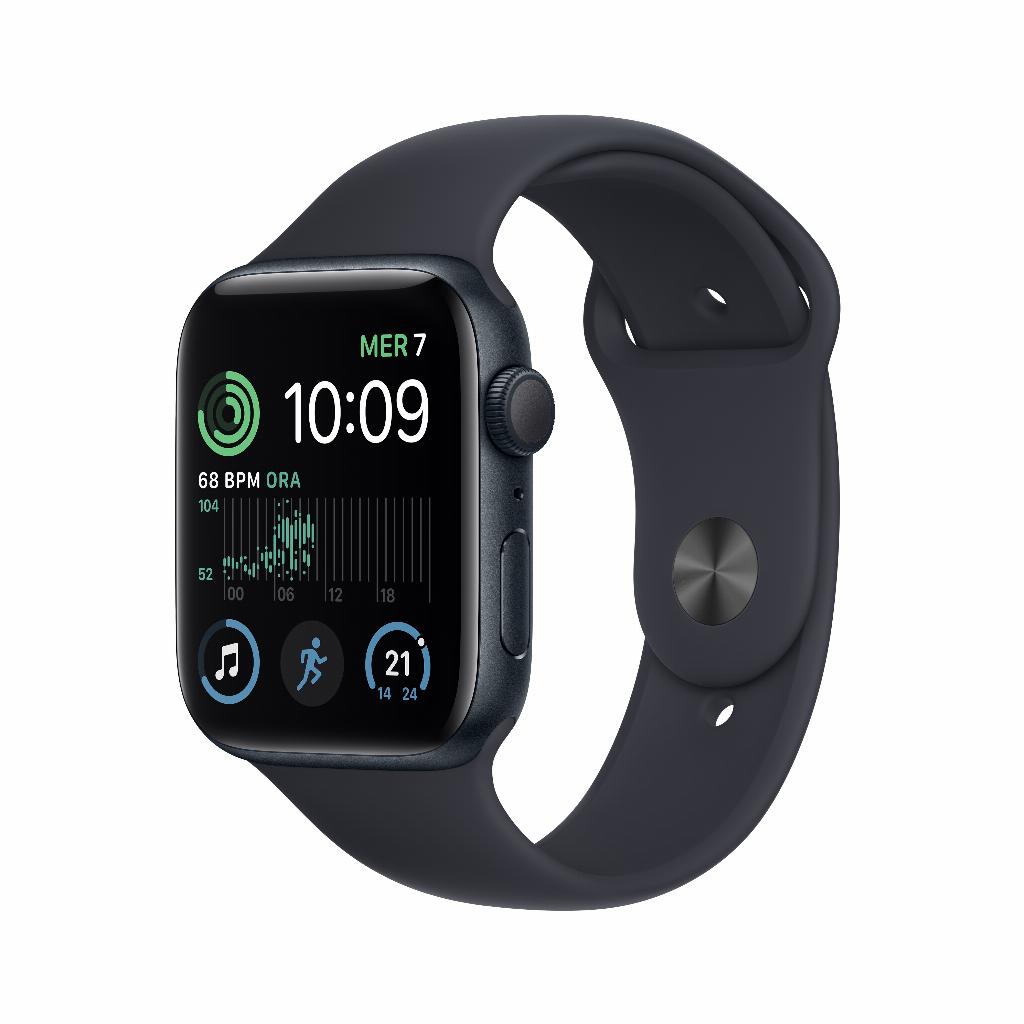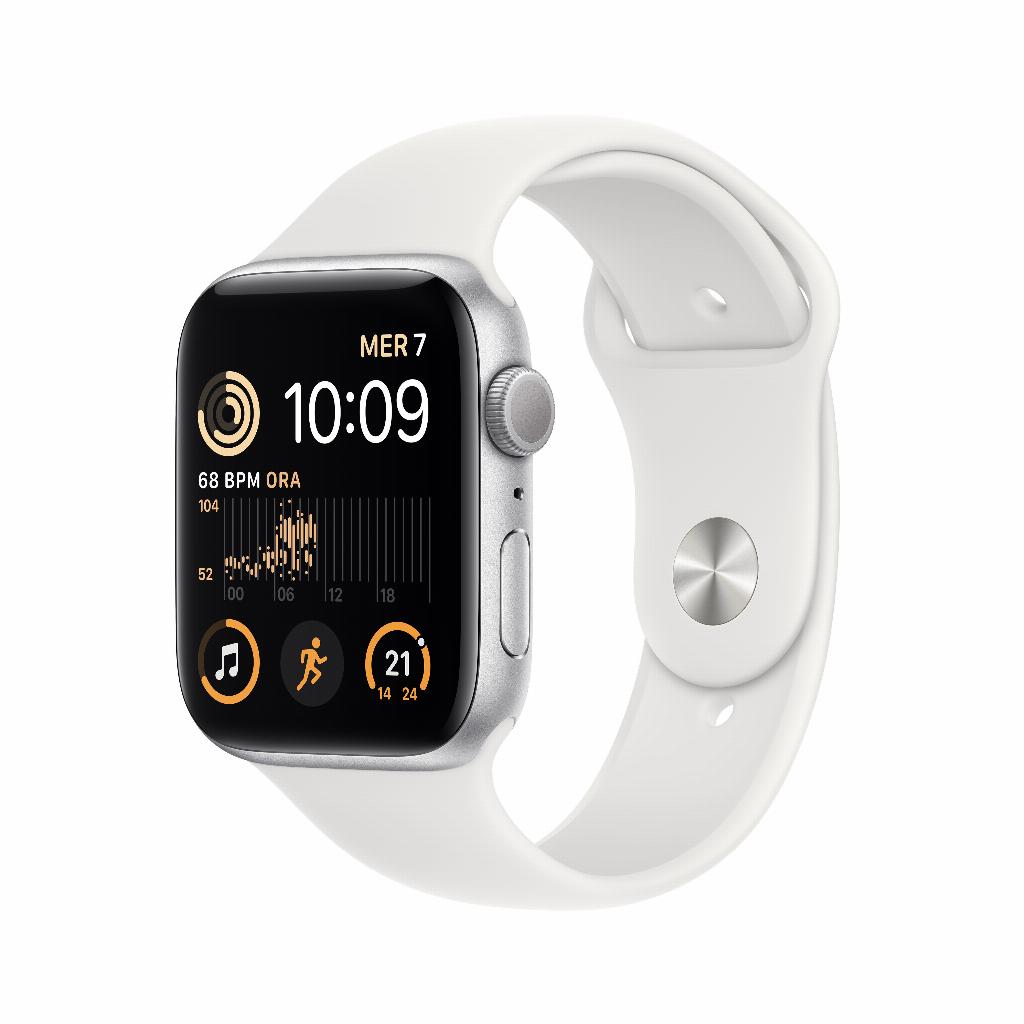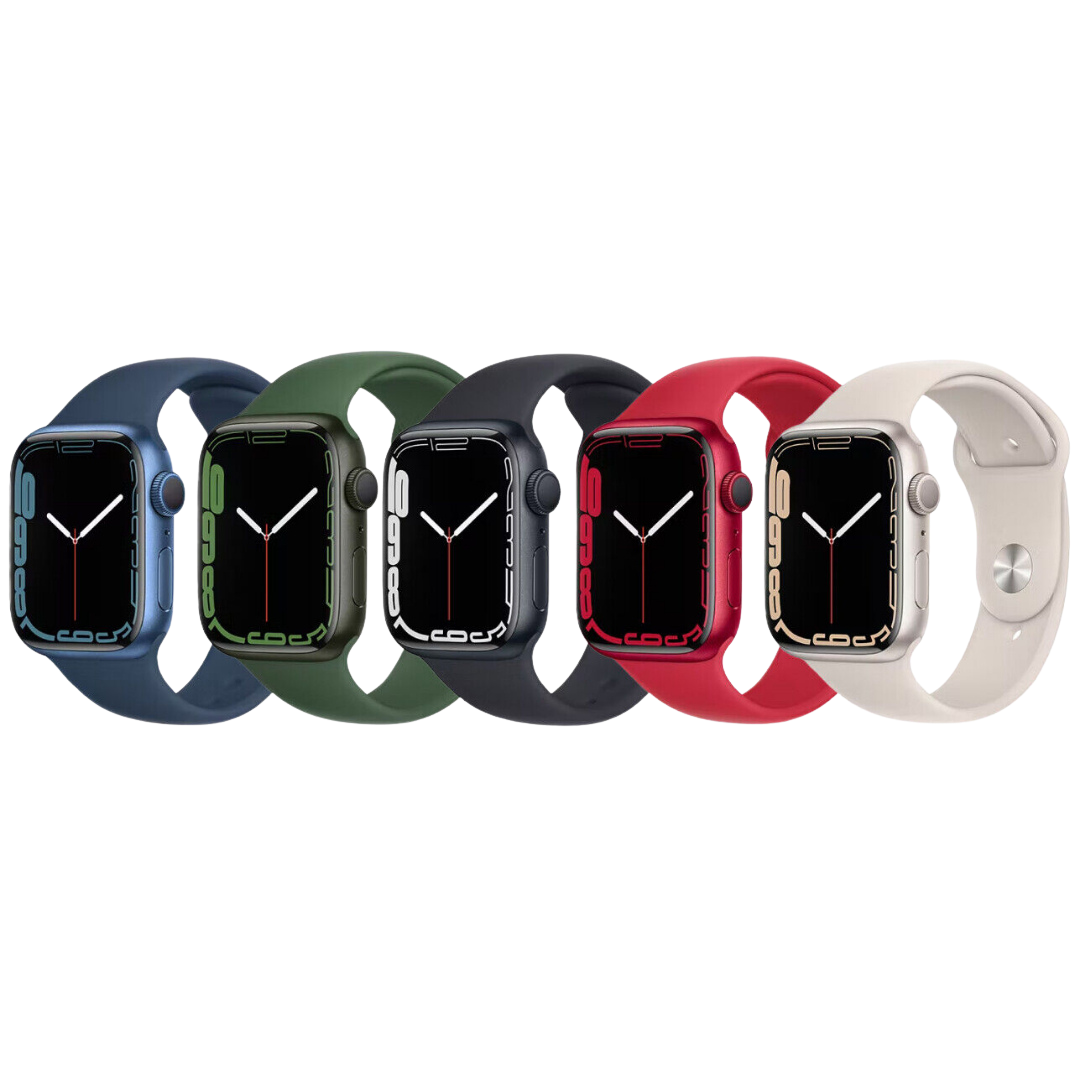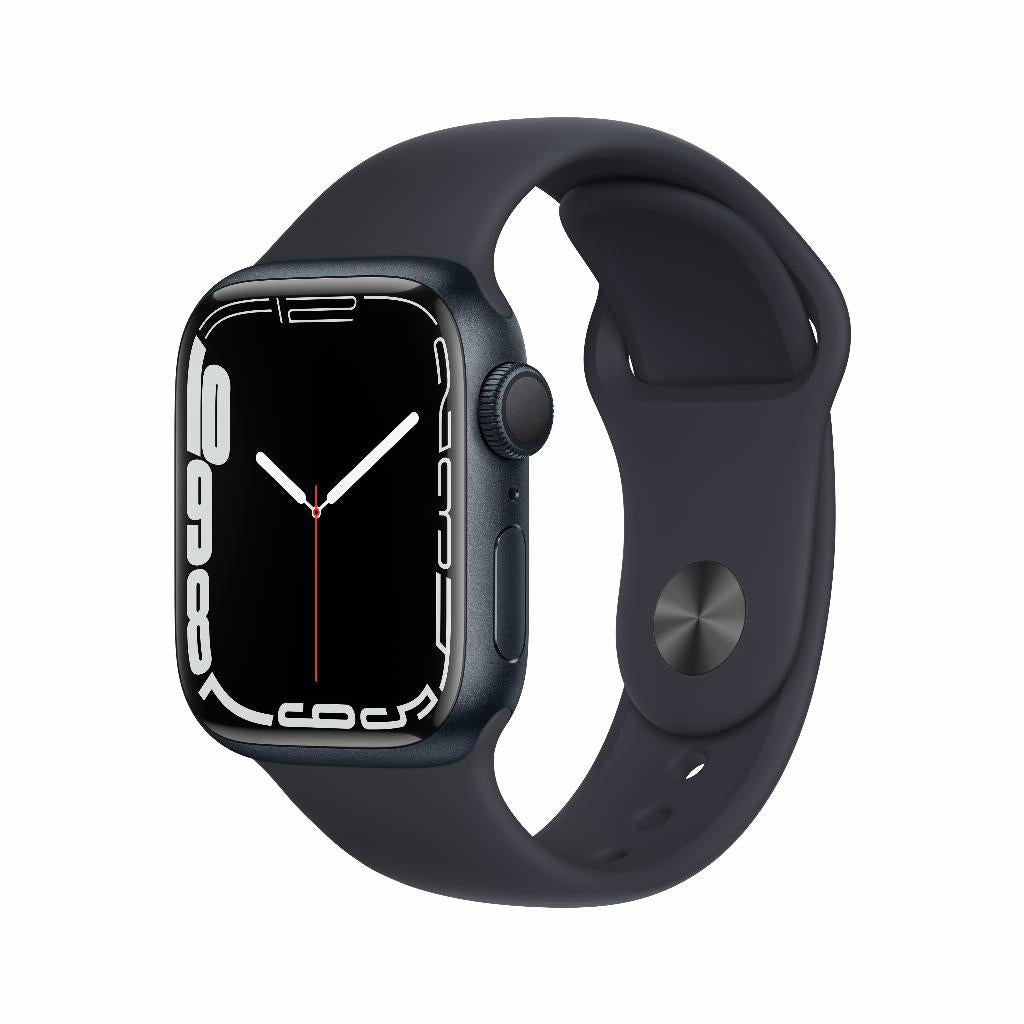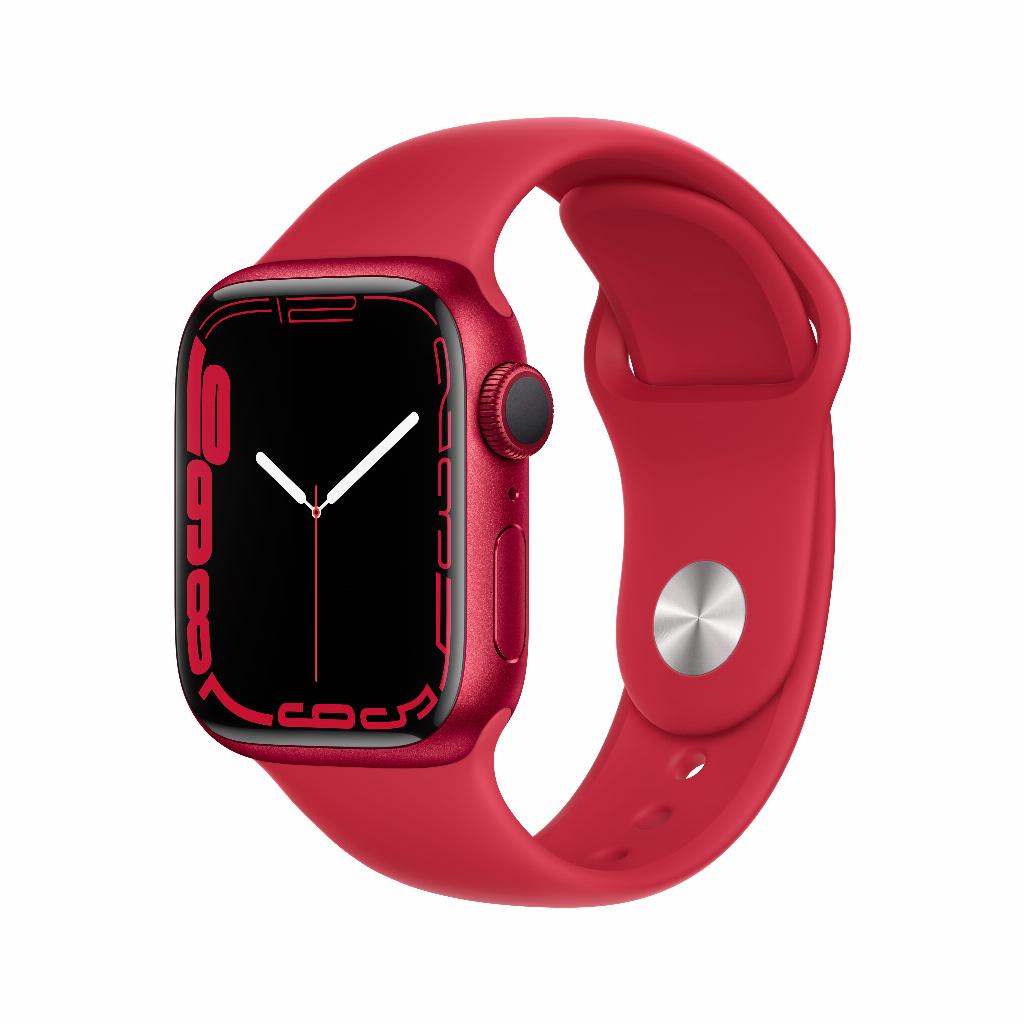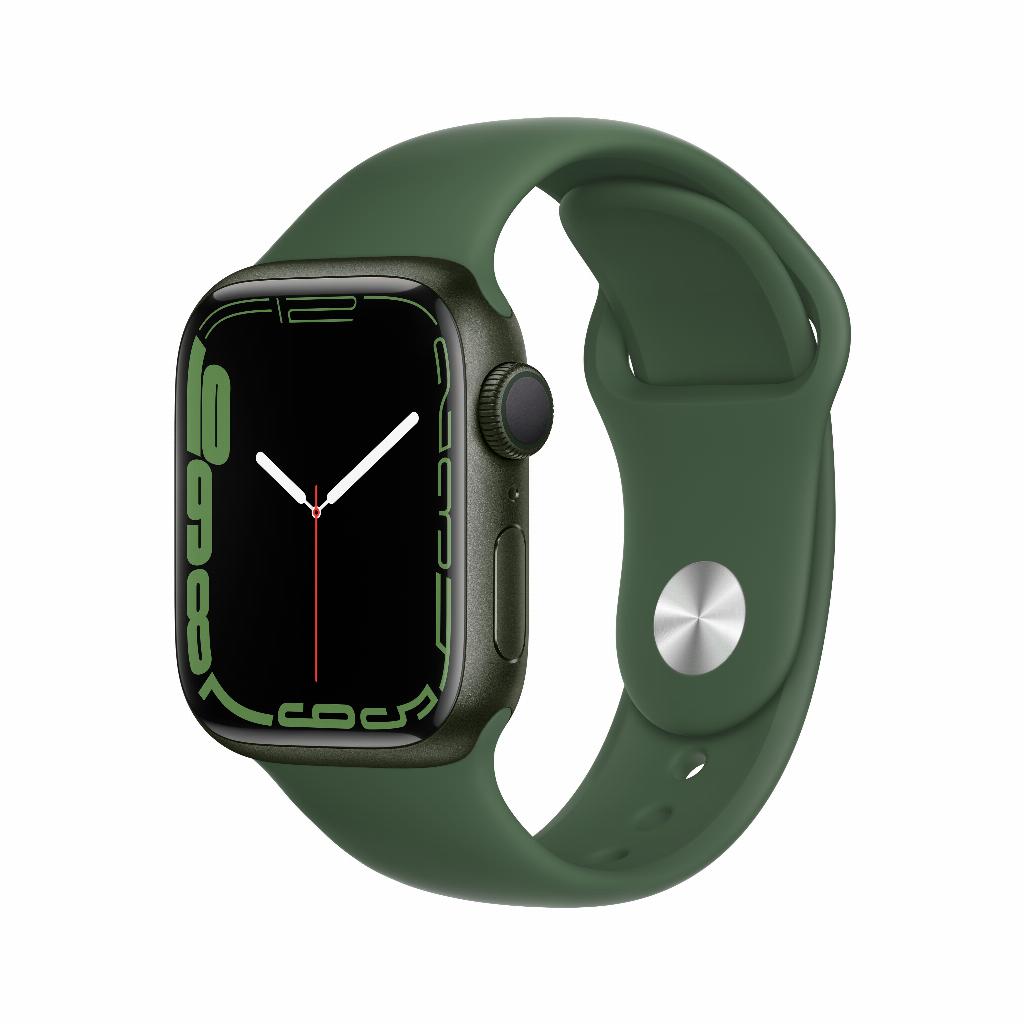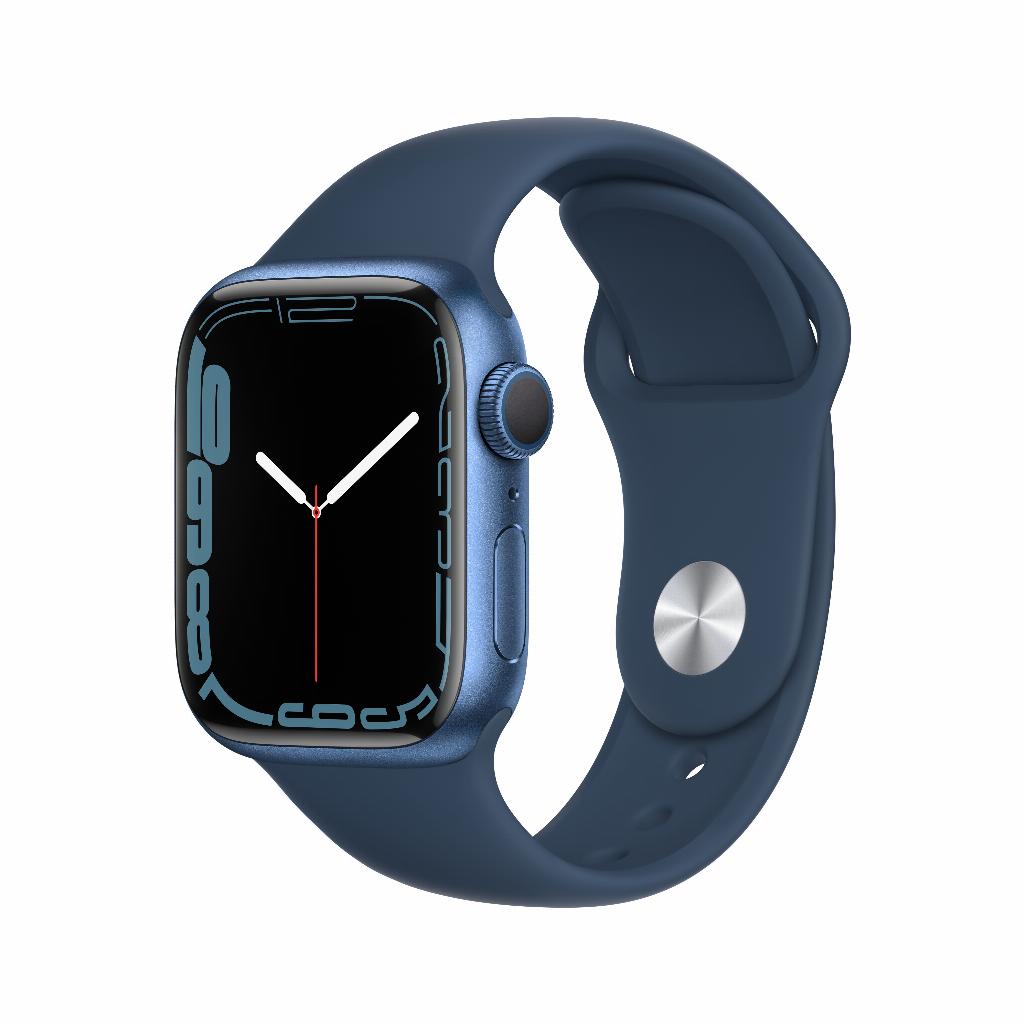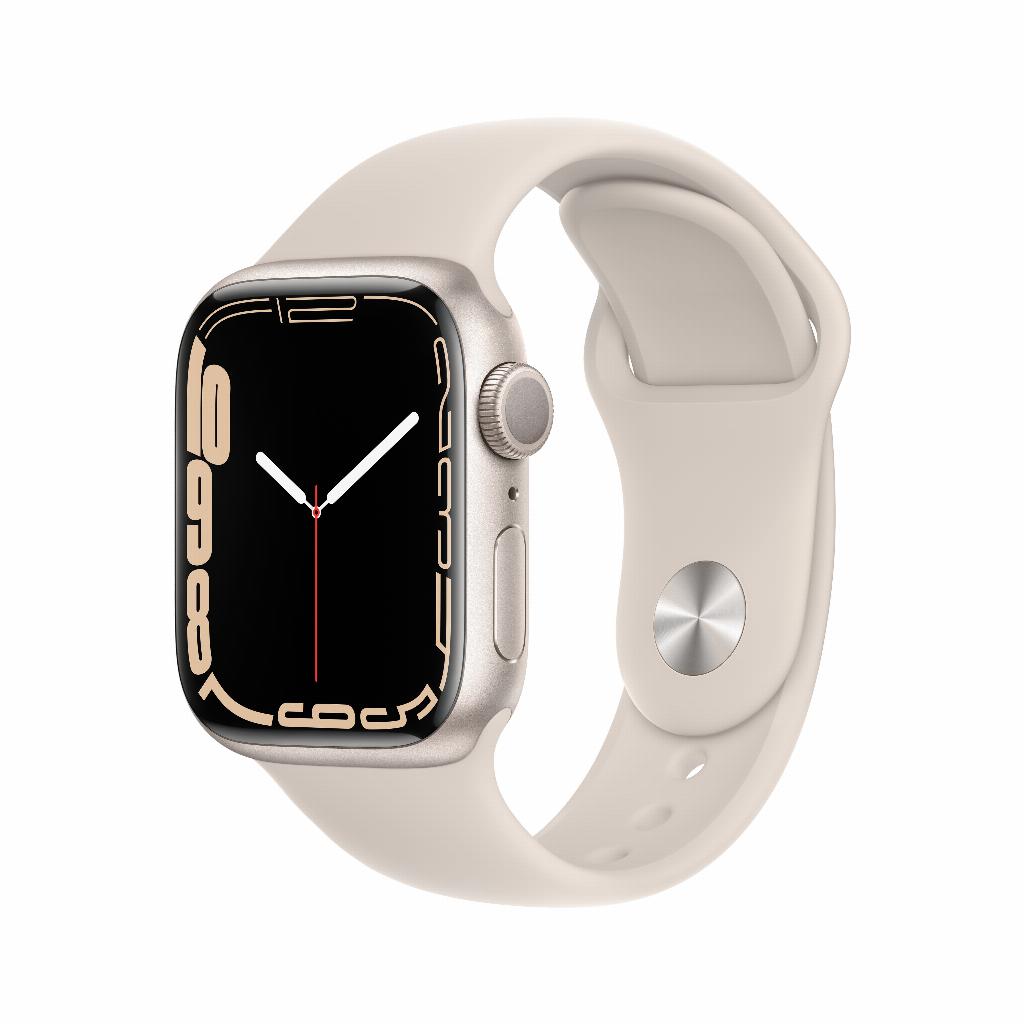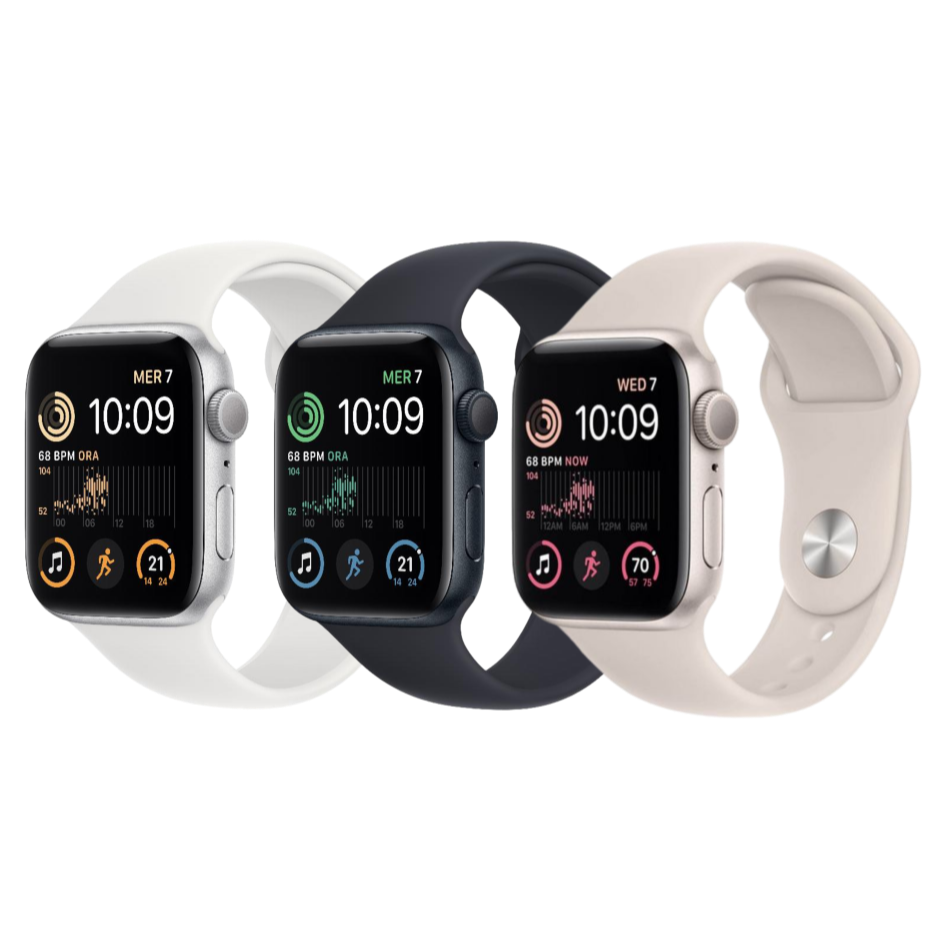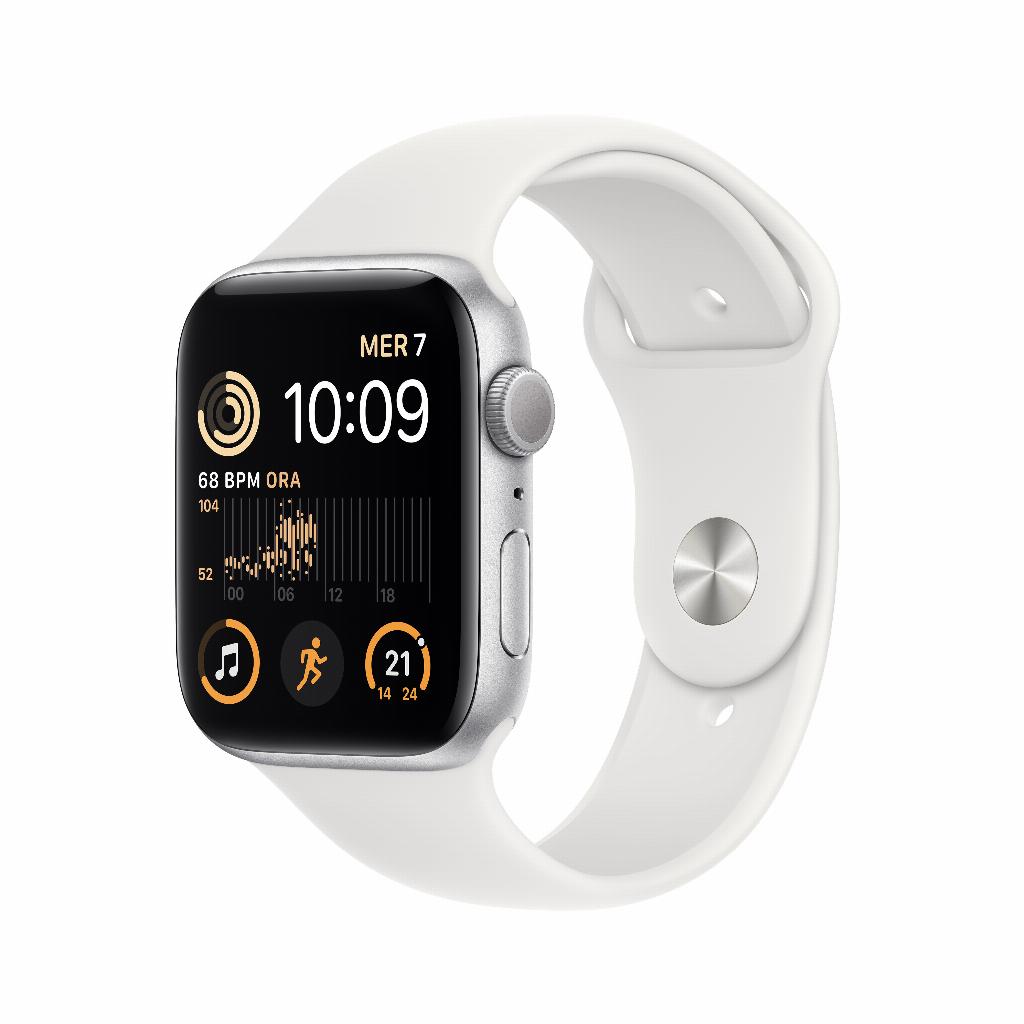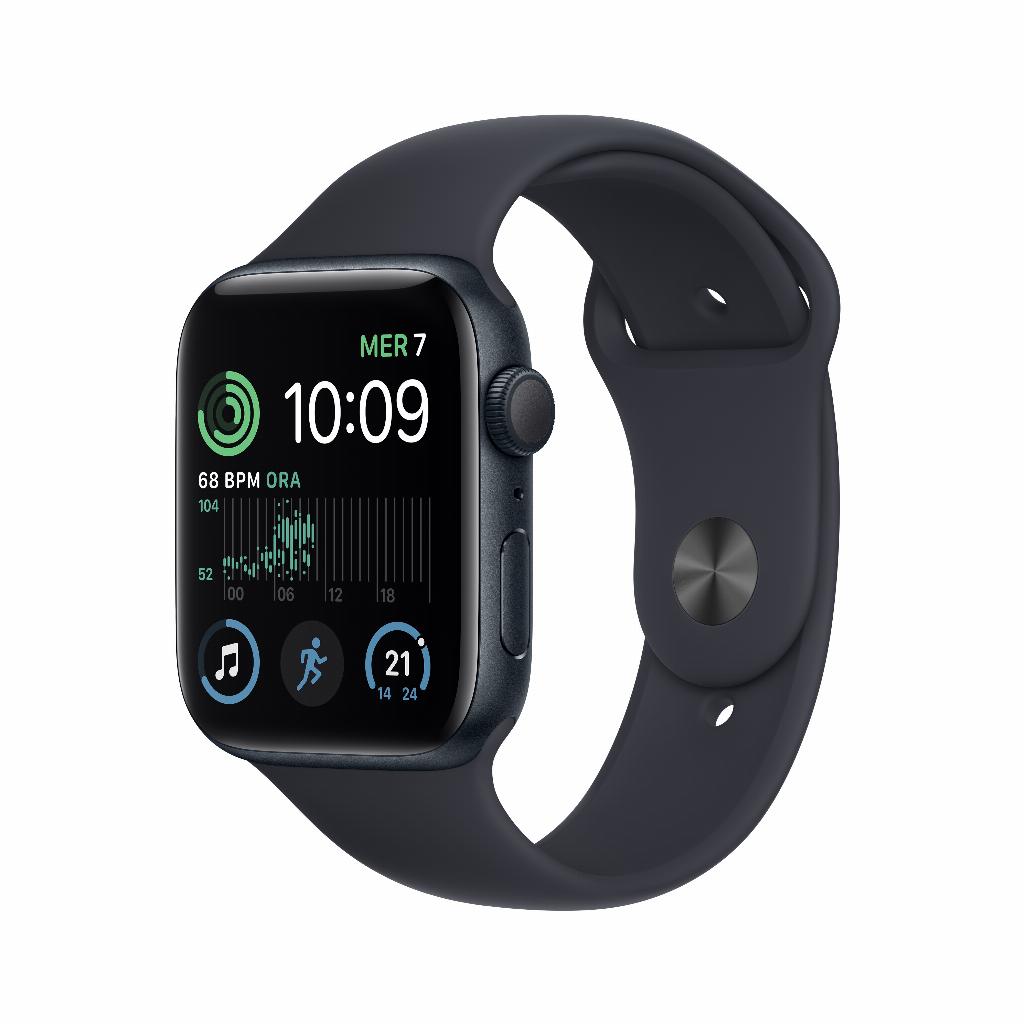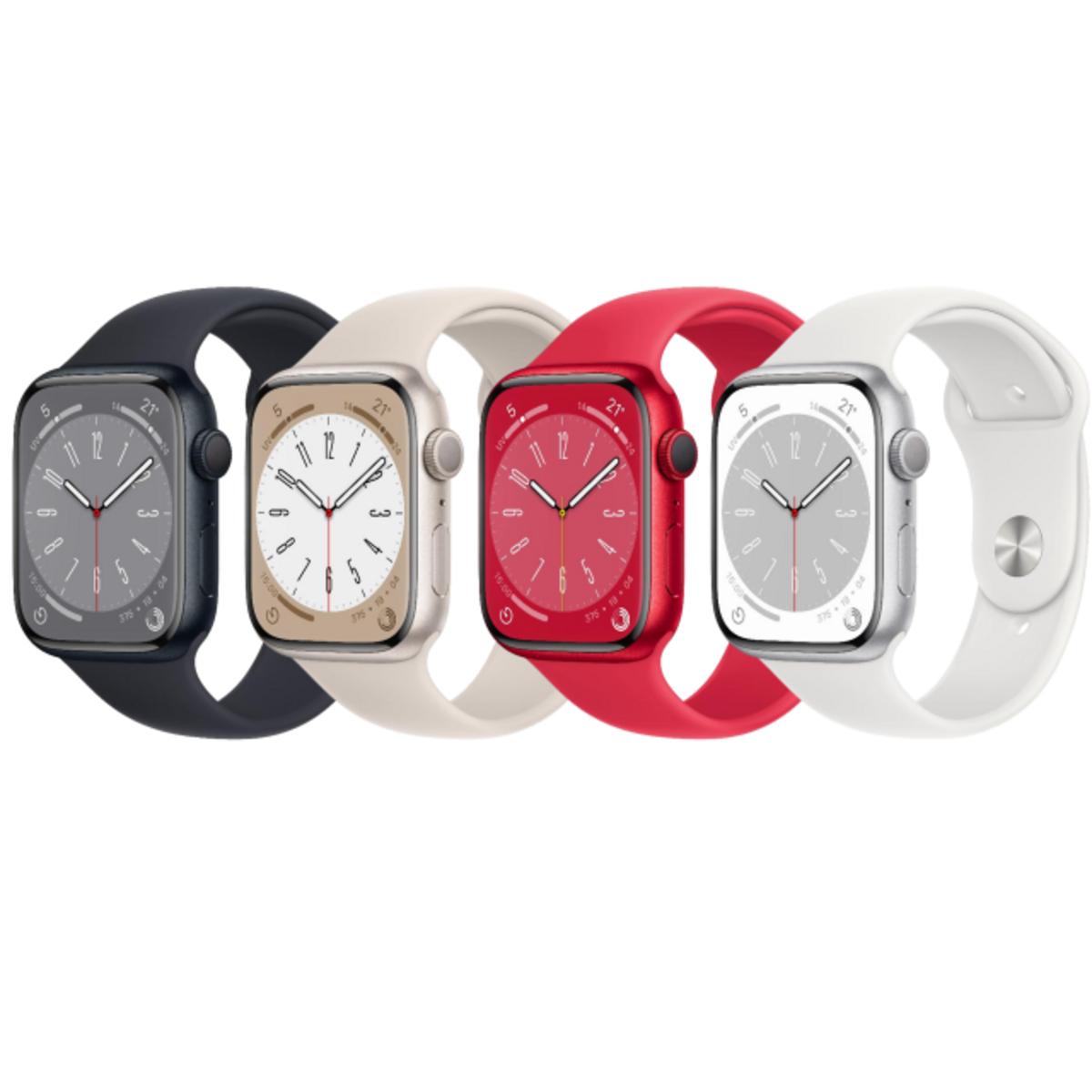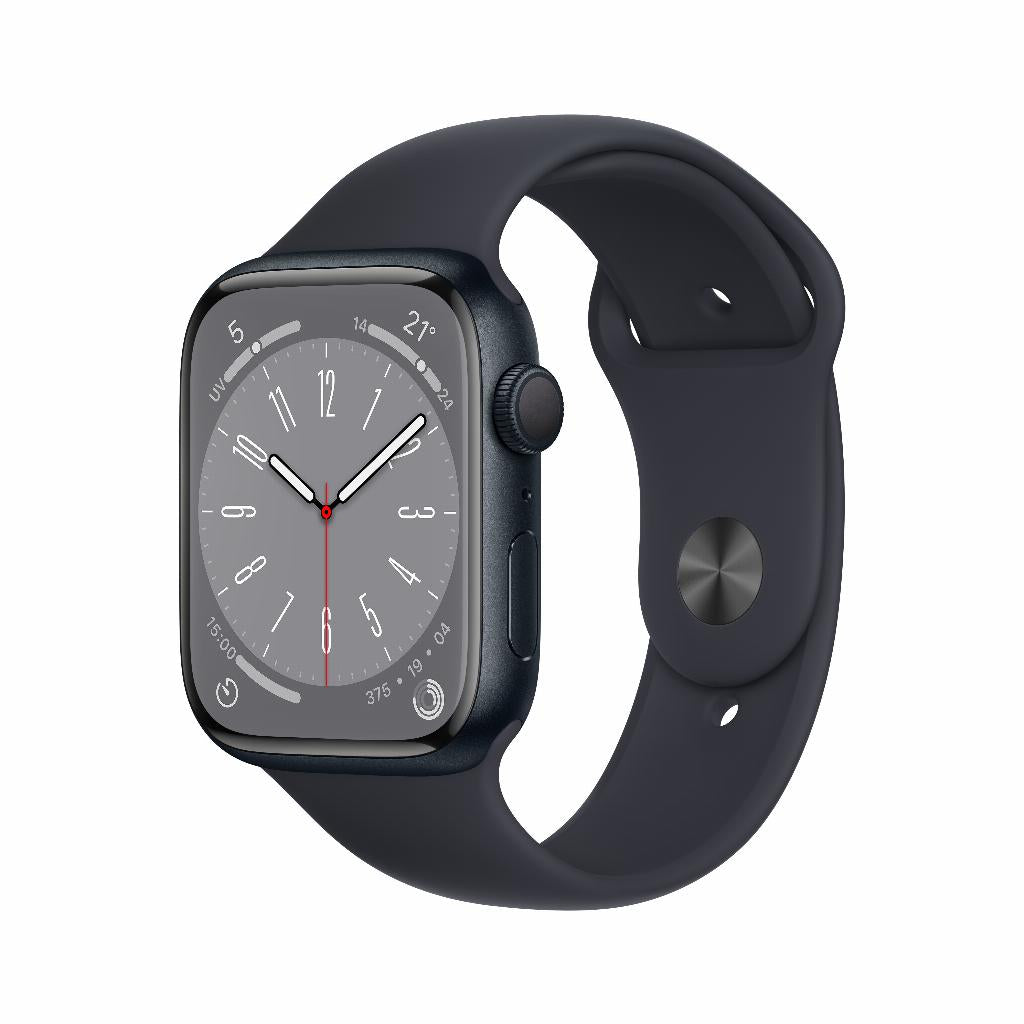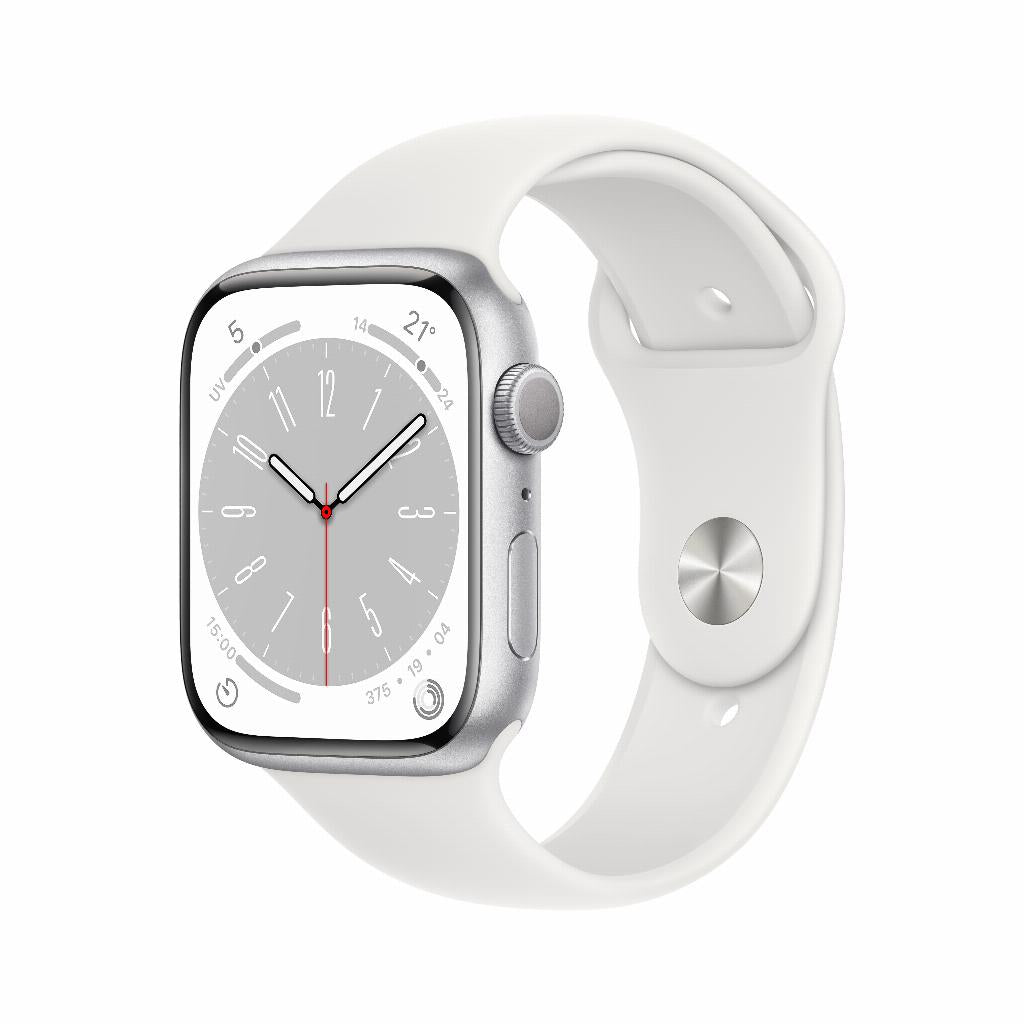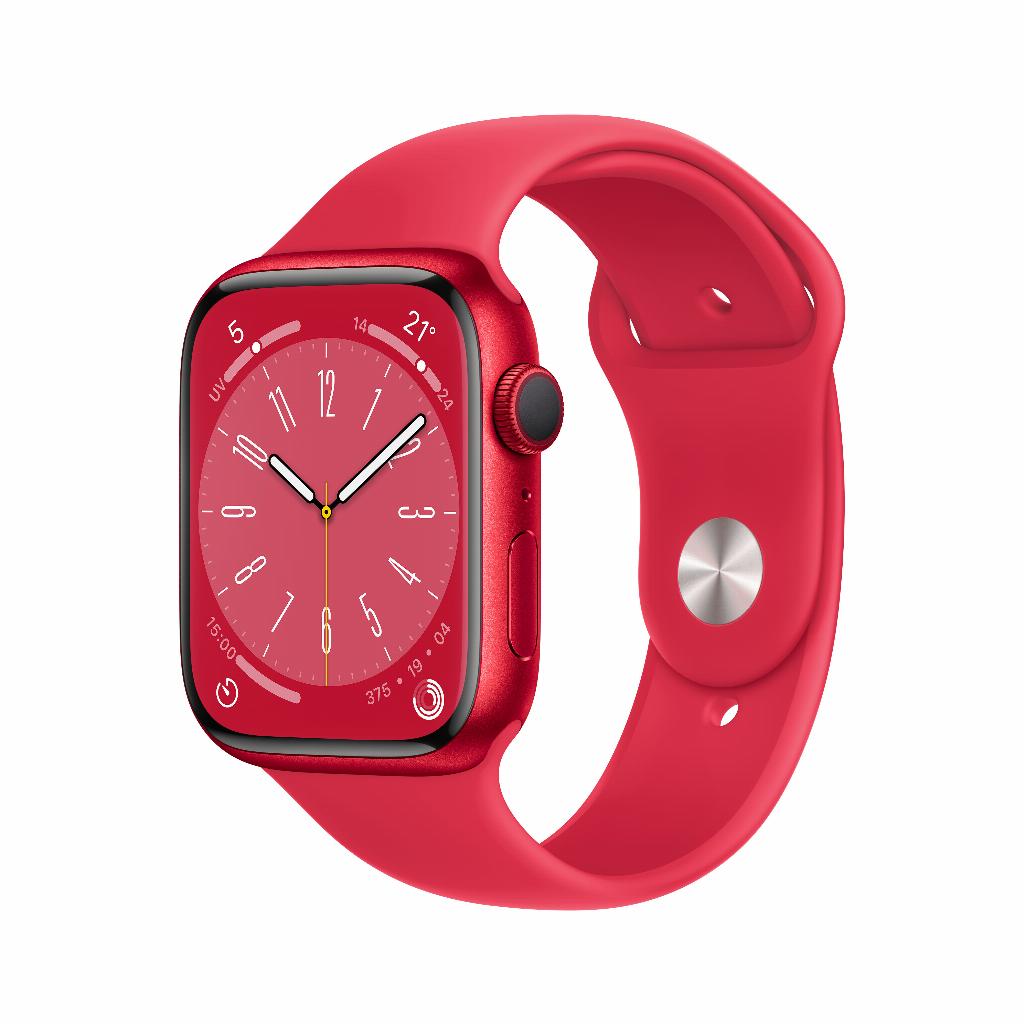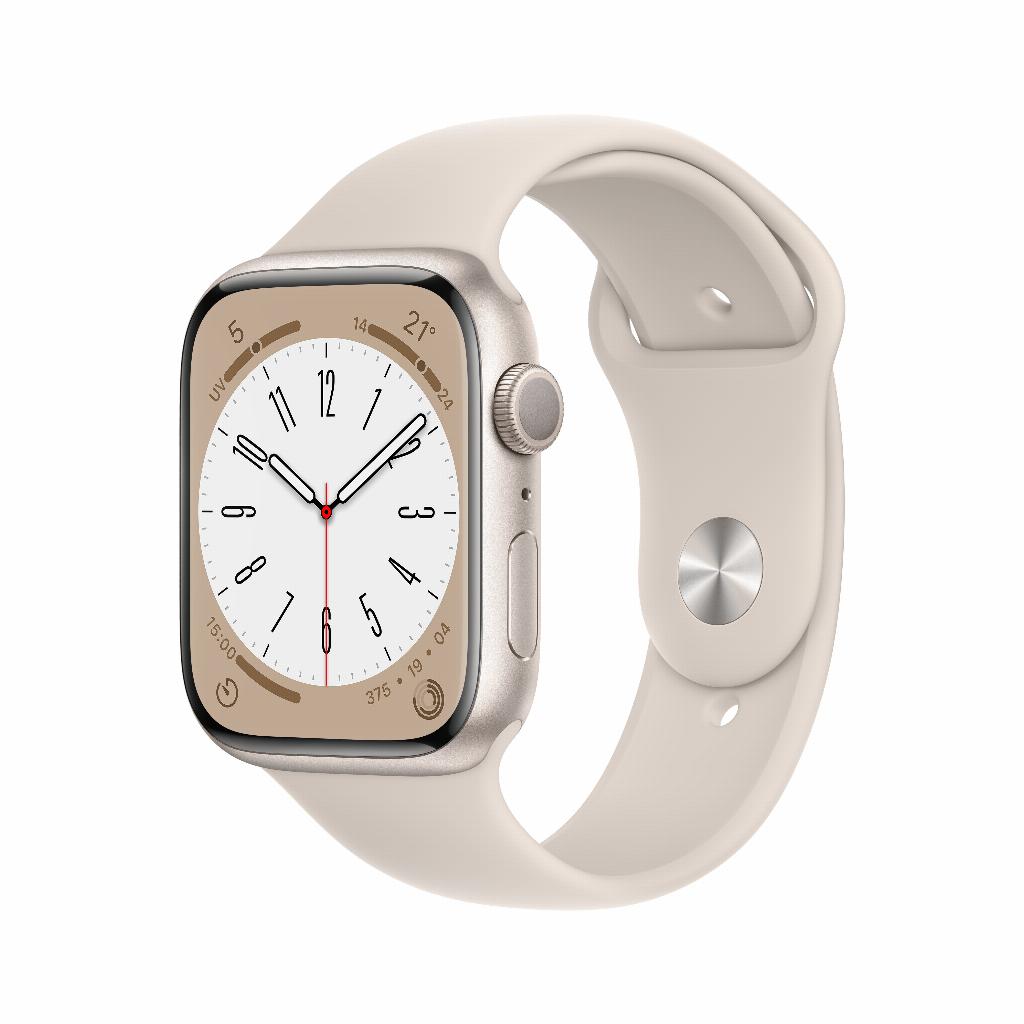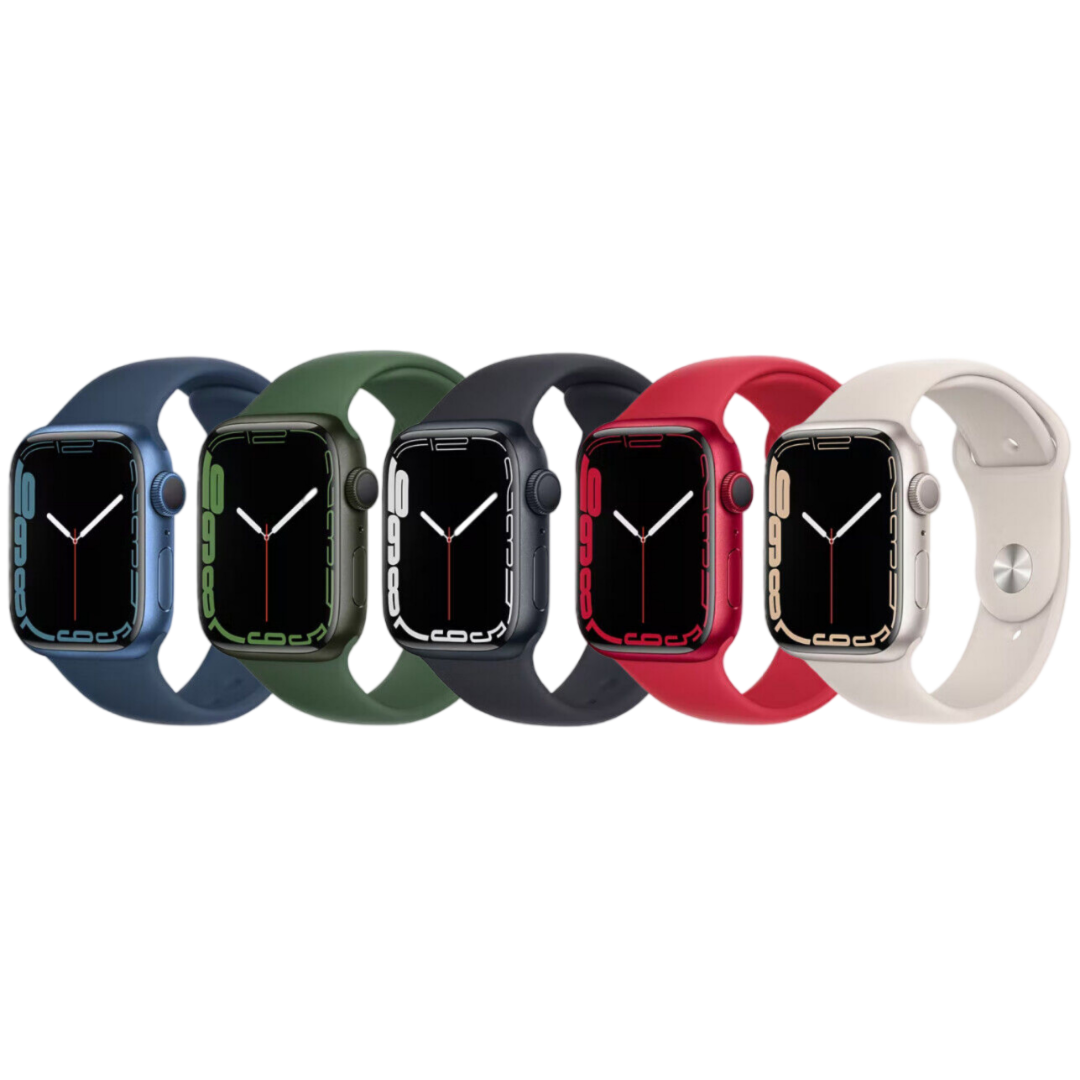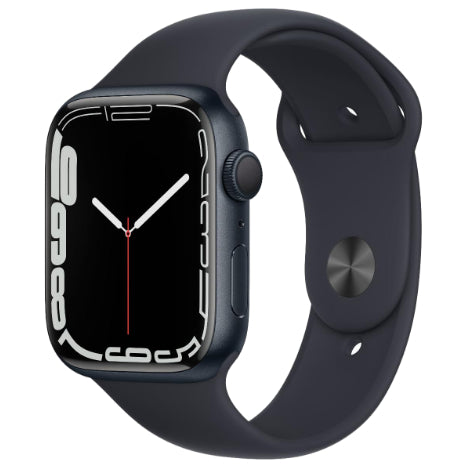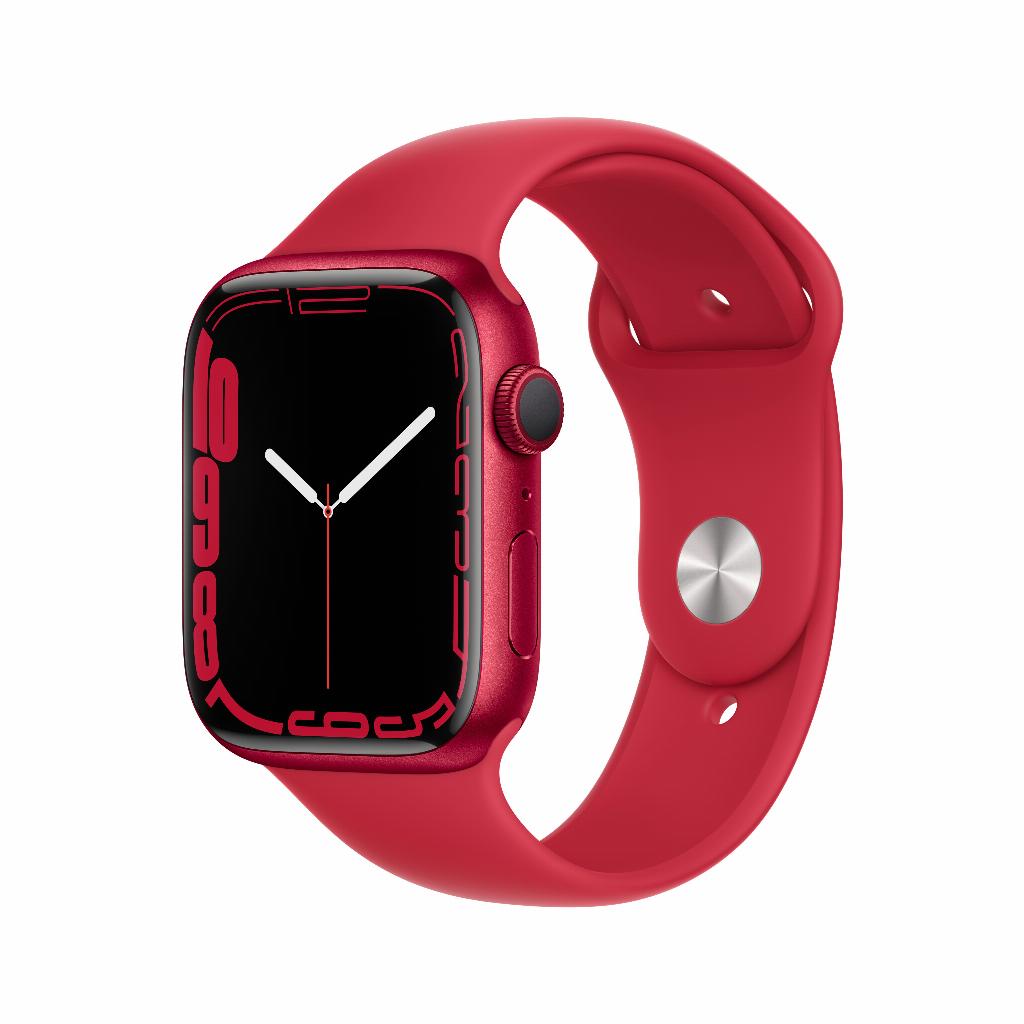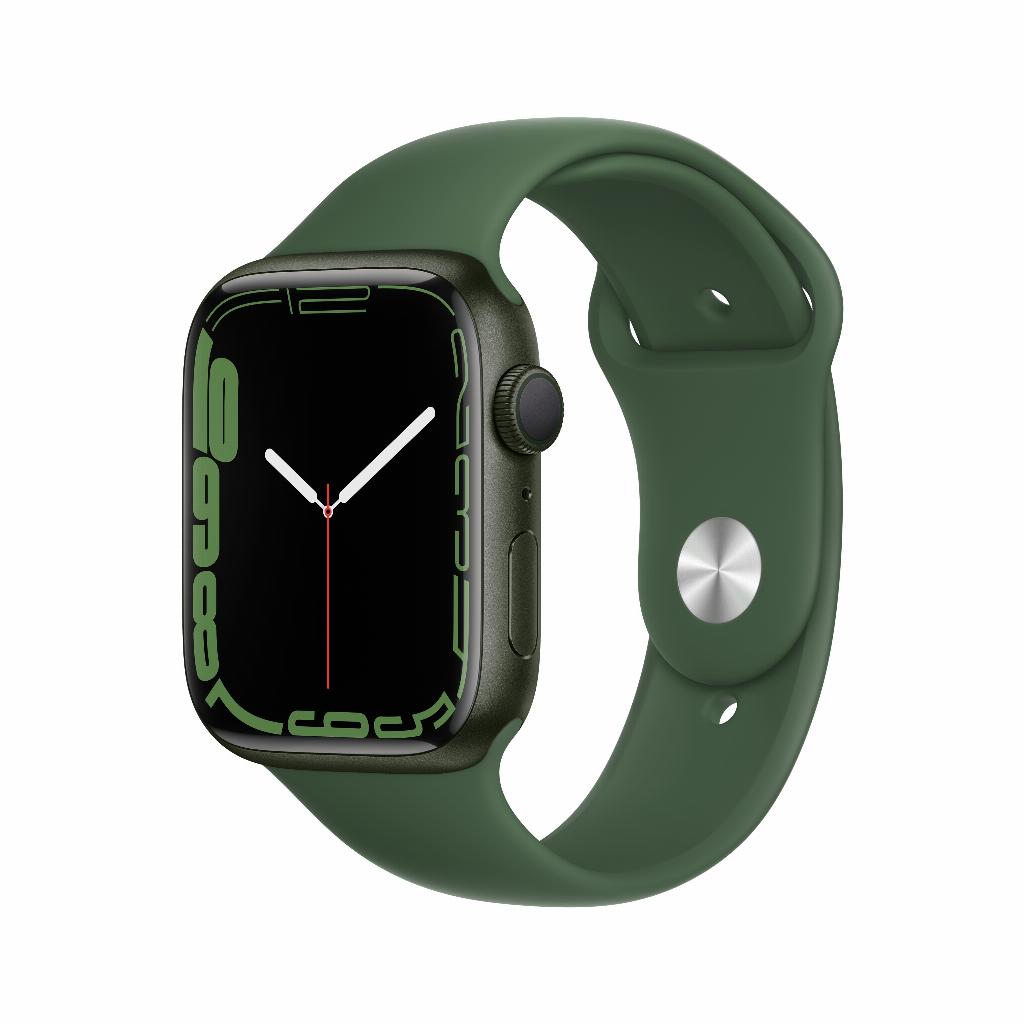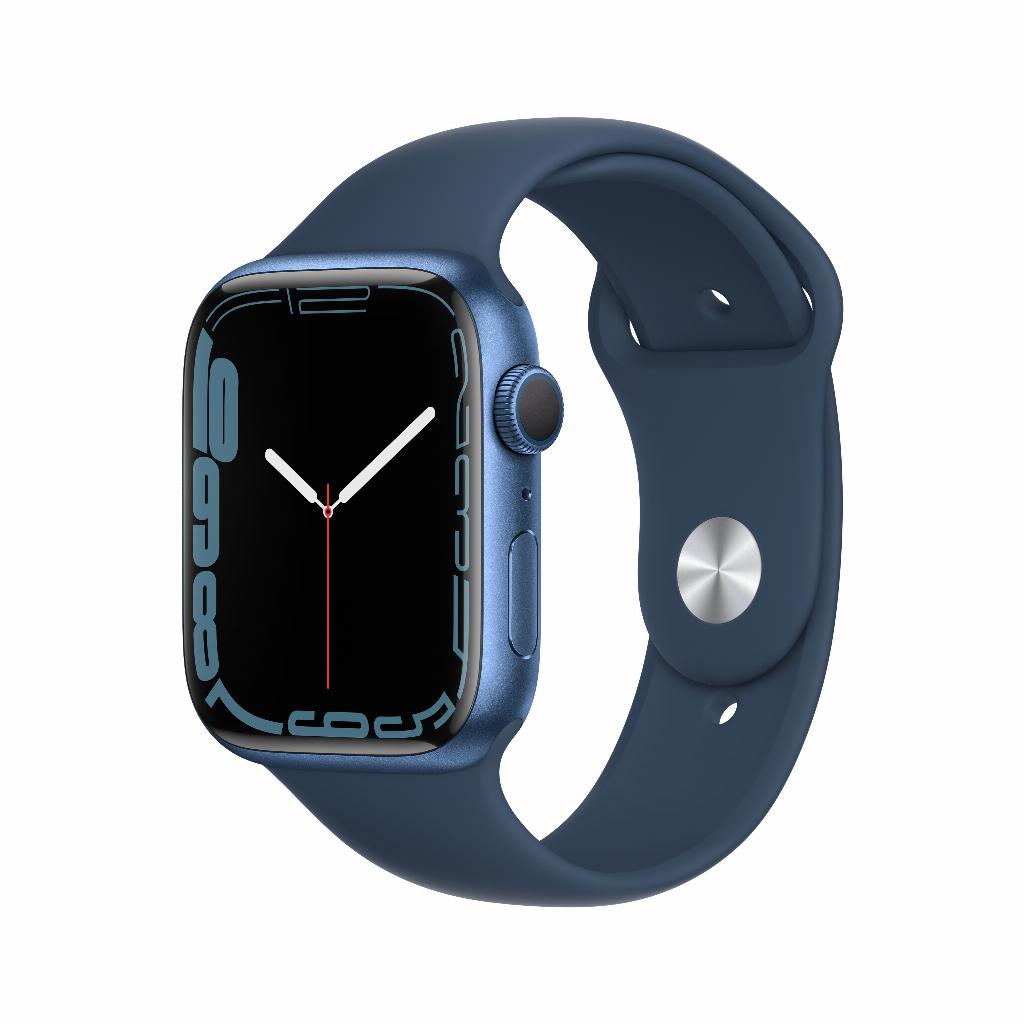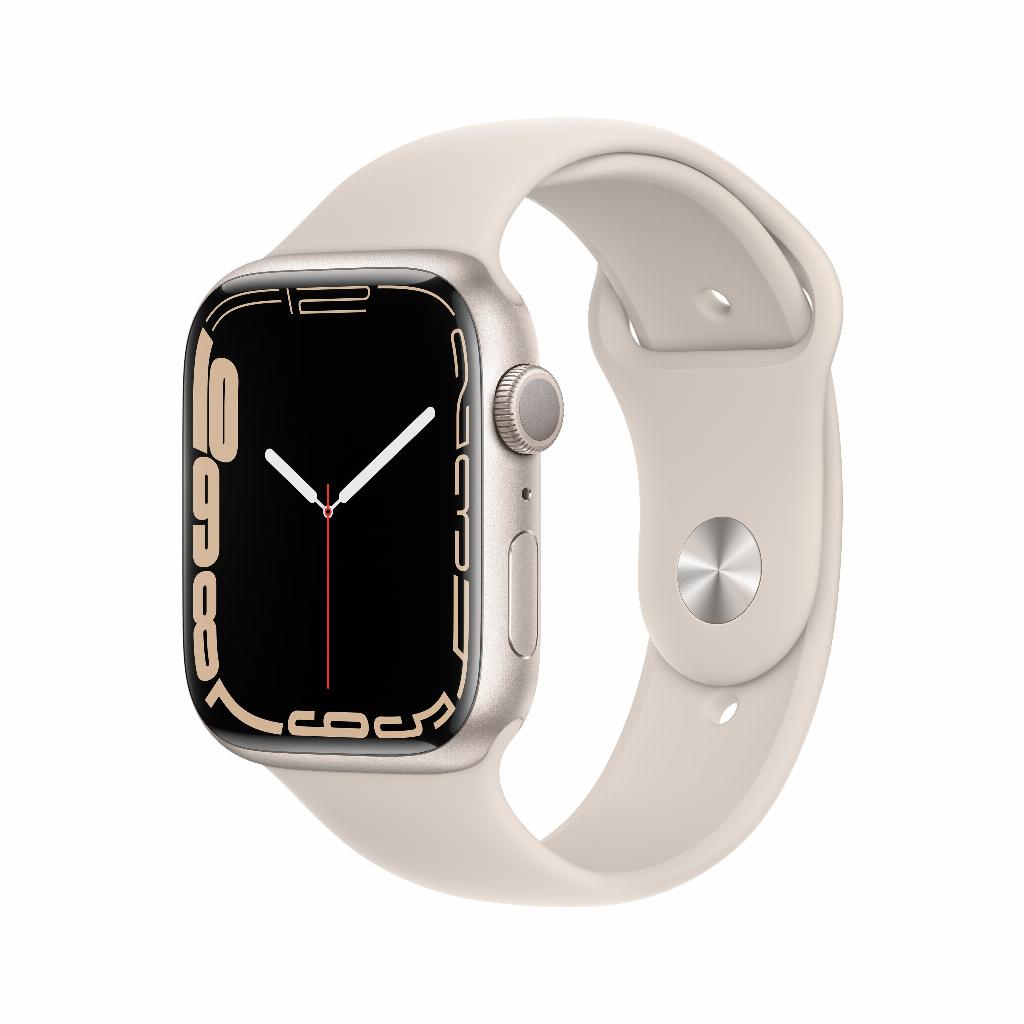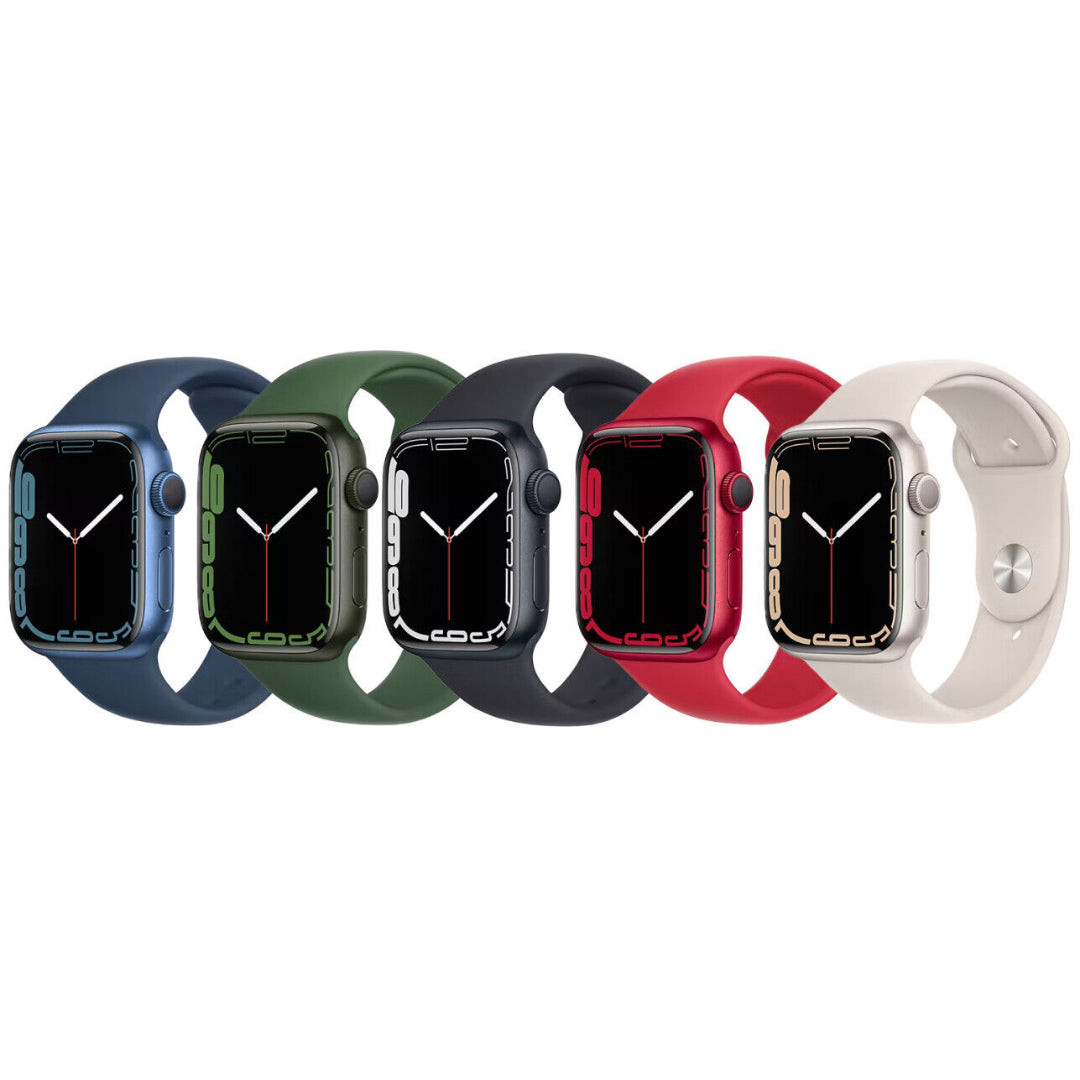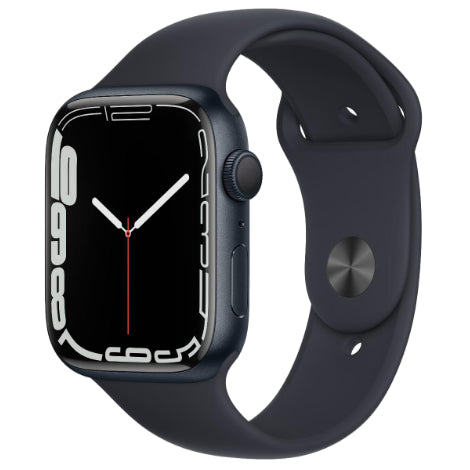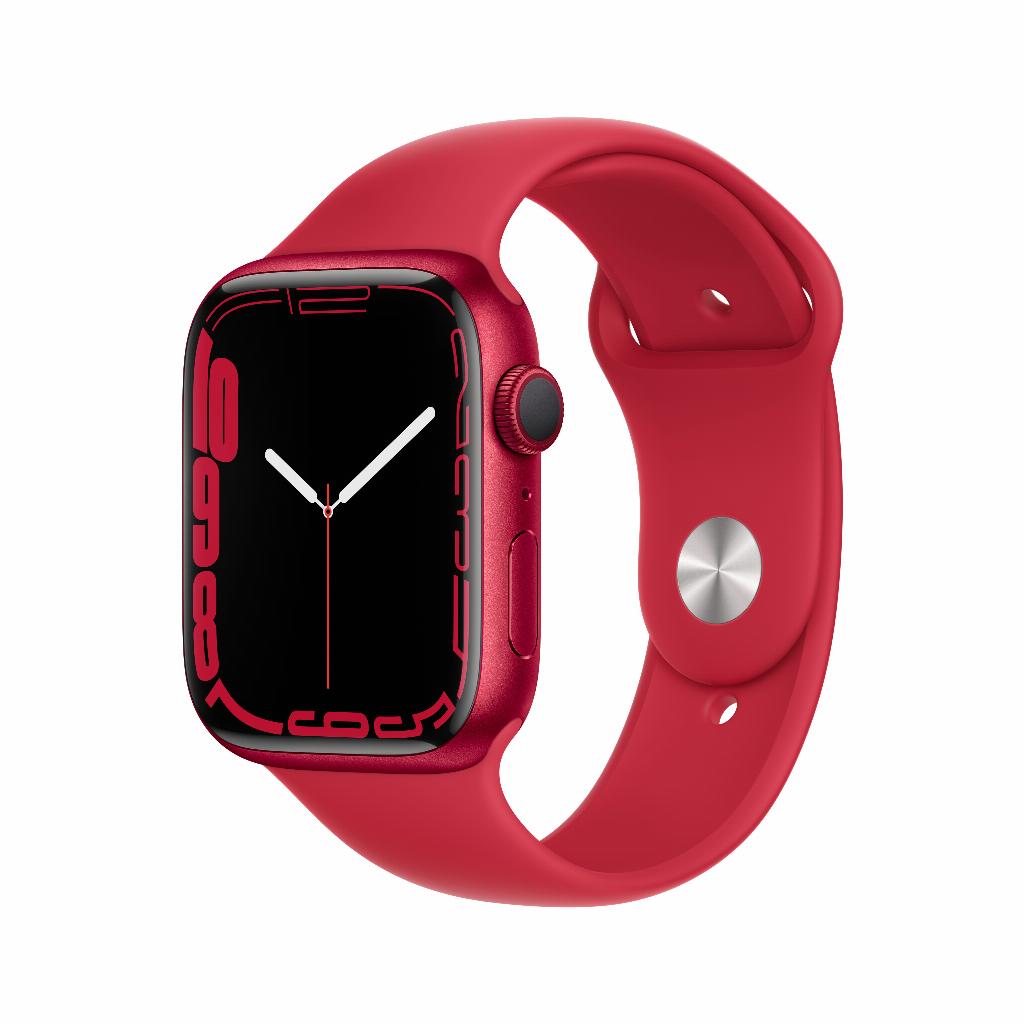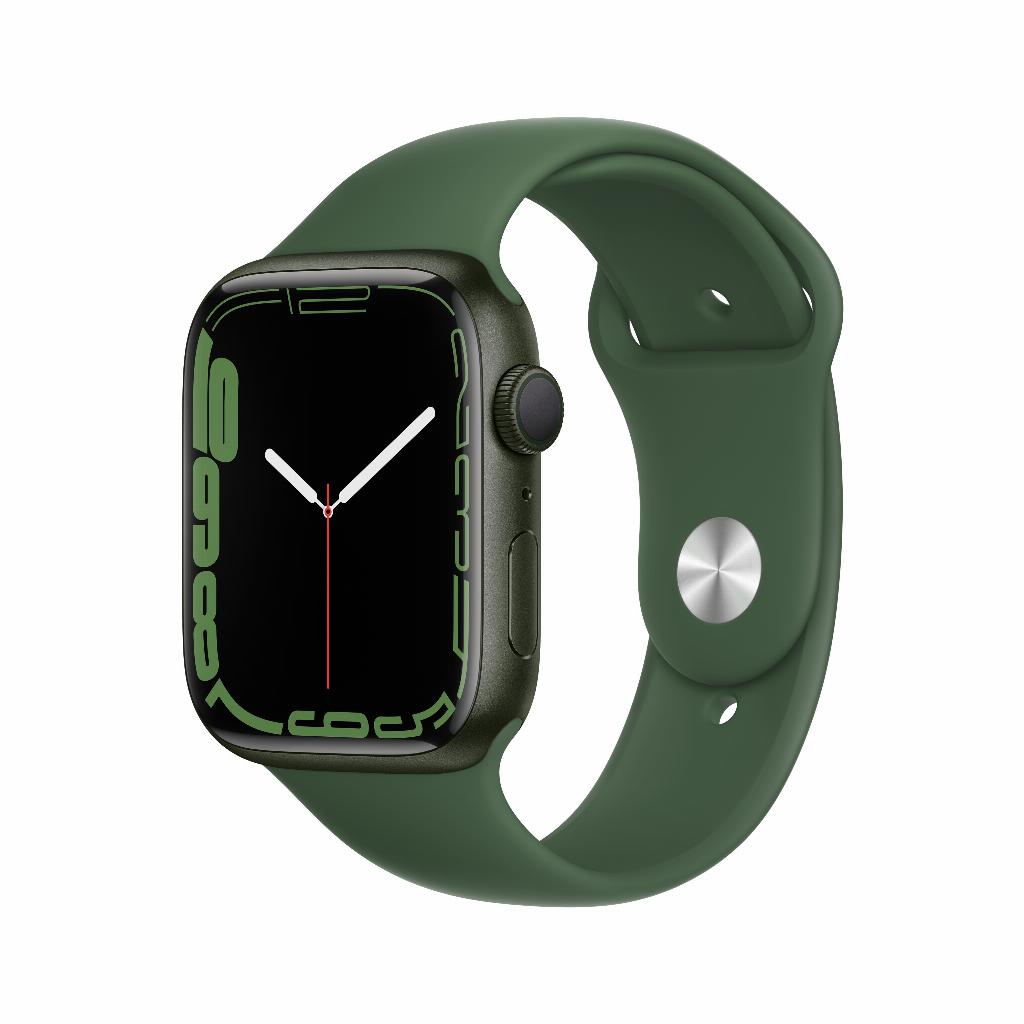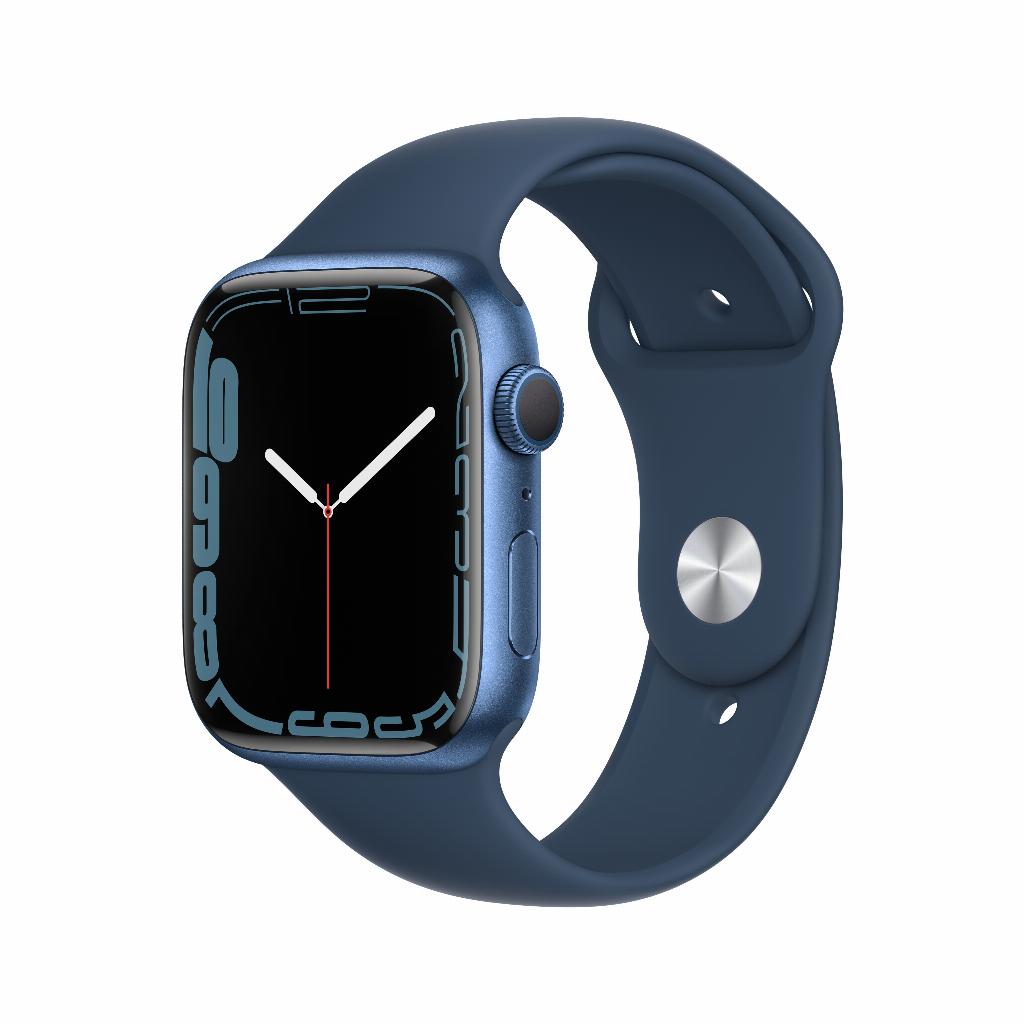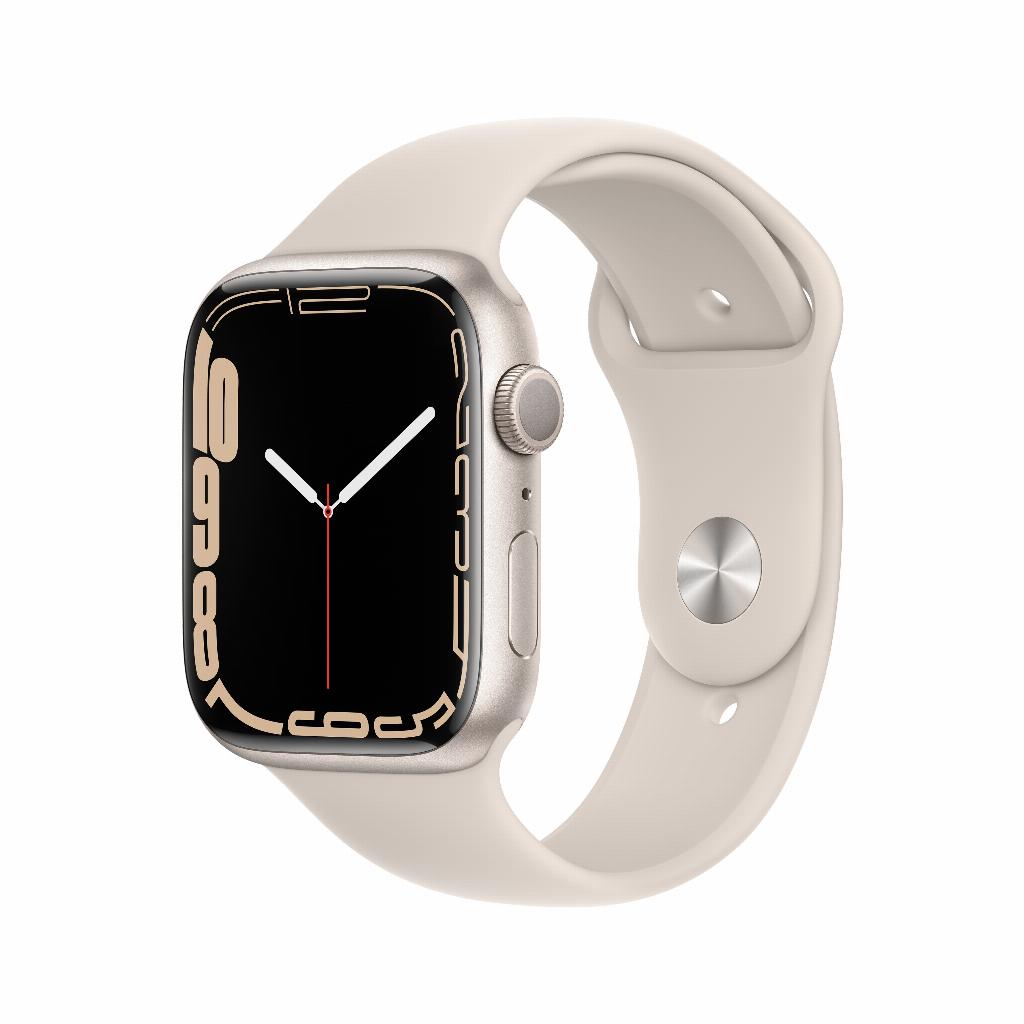Apple Watch Fall Detection: Life-saving technology for everyone
You fall down the stairs. You're unconscious at the bottom. No one's home. It sounds like the worst-case scenario, but for a growing number of people, this is reality. Especially if you live alone or have a high-risk job. Yet, the Apple Watch offers a solution you might not expect.
No panic button to press yourself, no subscription to an emergency service. The watch simply detects a hard fall and automatically calls 911 if you don't react. Sounds excessive? It certainly doesn't for the 28-year-old mountain biker who was unconscious in a ditch last year. Or the single father who fell from his attic stairs.
Fall detection is simpler than you think, but its impact can be greater than you imagine. Especially when you consider that the right setting can make all the difference.
Useful links
What exactly is fall detection?
The Apple Watch's fall detection is a smart safety feature that automatically detects hard falls. The watch uses advanced sensors to measure your movements and the impact of a fall. If a serious fall is detected, you'll receive an immediate on-screen notification, feel a tap on your wrist, and hear a warning tone.
This technology works through a combination of the accelerometer and gyroscope in the watch. These sensors continuously analyze your movement patterns and can recognize the difference between normal daily movements and a sudden, hard fall. The system is designed to distinguish, for example, a fall down the stairs from simply dropping your arm across your body.
How does the Apple Watch react when dropped?
Immediately after a fall is detected, the following occurs:
- The watch vibrates strongly on your wrist
- A loud alarm goes off
- A message with options will appear on the screen
- You will be given the choice between 'SOS emergency notification' or 'All is well'
If you are conscious and do not need assistance, simply tap "All OK" or press the Digital Crown. The alarm will then stop immediately and emergency services will not be dispatched. This simple action prevents unnecessary notifications from false positives.
Automatic help when no response
The clever thing about this feature is what happens if you don't react. After a fall is detected, the smartwatch monitors your movements for 60 seconds. If the device doesn't register any movement during this period, it automatically calls 112 and sends your location to the emergency services.
Simultaneously, your emergency contacts are alerted via text message. They receive information about the fall and your current location. This all happens without you having to do anything yourself – ideal if you've become unconscious or are unable to call for help yourself.
Who is fall detection suitable for?
While many people think this feature is primarily intended for the elderly, the reality is different. Fall detection is valuable for several groups:
Athletes and active people
Mountain bikers, runners, and hikers who often travel alone benefit from this added safety. A fall while cycling on a remote forest path or a misstep during a trail run can have serious consequences without prompt assistance.
People with medical conditions
For people with epilepsy, diabetes, or heart problems, the feature offers additional peace of mind. A sudden fall due to a medical incident is detected immediately, allowing emergency services to arrive on-site more quickly.
Single people
Do you live alone? Then no one will notice a fall in your home. Automatic notification to emergency services can be crucial, especially in the event of a fall down the stairs or in the bathroom.
Set up fall detection on your watch
The feature is disabled by default for users under 55. You can activate it via your iPhone as follows:
- Open the Watch app on your phone
- Tap 'My Watch' at the bottom
- Select 'SOS Emergency'
- Scroll down until you see 'Fall Detection'
- Enable the function with the slider
You also have the option to activate fall detection only during workouts. This is useful if you want extra protection primarily during exercise, but don't want false alerts during your daily activities.
Practical tips for optimal use
To ensure fall detection works properly, there are a few things to keep in mind:
Wear your watch correctly: Make sure the strap is tight enough for the sensors to make good contact with your wrist. A watch that's too loose can interfere with detection.
Update your emergency contacts: Regularly check that your medical ID is up to date with the correct contacts. These people will be automatically notified in the event of an emergency call.
Don't test the function: Don't try to simulate a fall to see if it works. This could place unnecessary strain on emergency services.
Limitations and points of interest
While the technology is impressive, fall detection has its limitations. The system doesn't detect all types of falls. Slow falls or gradual descents to the ground may not be detected. High-impact activities like contact sports can also sometimes be incorrectly registered as falls.
False alerts do occur, especially during intense activities. Think of hammering while doing DIY projects, intense drumming, or certain fitness exercises. In these situations, it might be wise to temporarily disable the feature or activate it only during specific workouts.
Different Apple Watch models
Fall detection is available from Apple Watch Series 4 and later. All recent models, including the SE versions, support this feature. The accuracy and speed of detection have been further improved in newer generations thanks to better sensors and algorithms.
When choosing a refurbished model , it's important to go for at least a Series 4 if you want to use fall detection. Investing in a smartwatch with this feature can pay for itself in peace of mind, especially for people in at-risk groups.
More than just safety
Fall detection is part of a broader safety system in the Apple Watch. Besides fall detection, the watch also offers heart rate alerts, an ECG function, and irregularity detection. This combination makes the device more than just a smartwatch—it becomes a personal health monitor that keeps an eye on you 24/7.
It can also provide peace of mind for families. Knowing that your aging parents or partner have this extra protection during solo activities reduces worries. It's not a substitute for personal attention or medical care, but it is a valuable addition to existing safety measures.
Fall detection: more than a gadget for the elderly
Fall detection on the Apple Watch proves to be more than just a gadget for seniors. Whether you live alone, exercise regularly, or simply want extra peace of mind, the feature can make the difference between waiting hours for help and receiving the right care right away.
A refurbished Apple Watch from Series 4 onwards already offers this technology, without having to pay top dollar. Of course, the system doesn't detect every fall perfectly, and false alarms do occur. But for many users, that peace of mind far outweighs the occasional false alarm.


